What Fish Eat
How to choose a lure that matches the natural food source of your targeted species.
By Patrick Campeau (photos courtesy Patrick Campeau)
An old adage goes something like this:
“the best way to catch a man’s heart is through his stomach.”
Since this way of thinking is quite debatable, we must understand that it is nevertheless applicable in a marvelous fashion for gamefish. Knowledgeable anglers have known for decades that in order to be successful, it is essential to effectively imitate the available food.
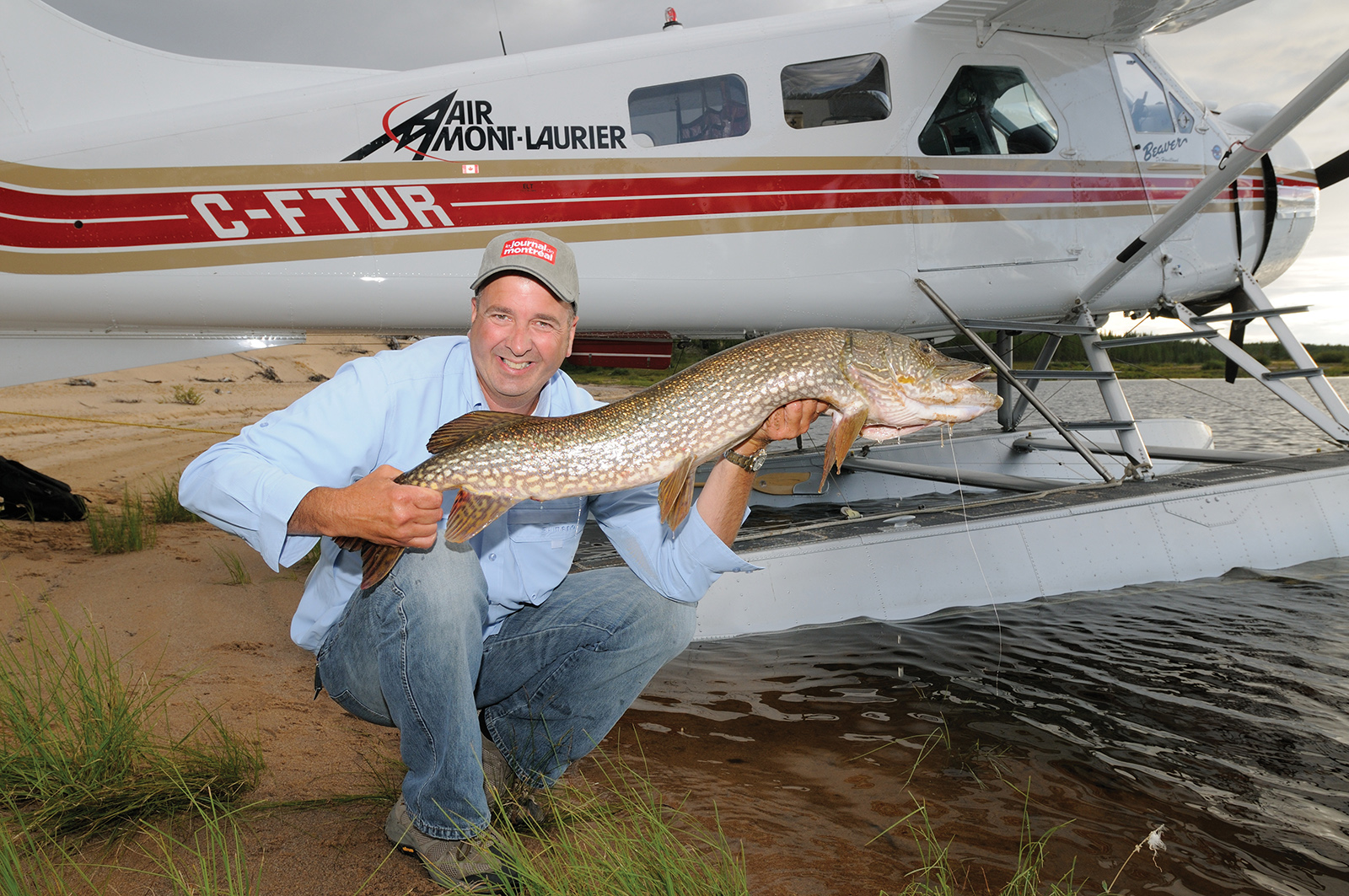 Question of Attitude
Question of Attitude
Imagine a man that is completely famished. Push the scenario a little further and say for instance that he has not eaten for several days. Suddenly, on a table, he notices a steak on a plate. Although it does not really seem to be very fresh or his preferred choice of cut and not cooked to his specifications, he pounces on it and proceeds to engulf it in a quick fashion. When gamefish are very active, they generally behave in the same type of manner even though they are not necessarily famished. In the real world, they consume diverse sources of food with little judgment.
When pursued species are less active, they become more difficult and selective to a certain degree in their food choices. If we use the previous example of the man that would have completely devoured the steak when was famished but now he is now less hungry. He will analyze his potential meal for a little longer period of time before consuming it. It is essential that the available food for a predator must be really attractive so he will still attack it even when he is less than hungry.
When conditions subside and predators become squarely silent or inactive, this becomes another story. The gamefish will become finicky and will only consume what is to their liking or what teases them in an extreme fashion. It is a little like the man that is mentioned in the two previous paragraphs that would only consume a filet mignon cooked medium rare which is prepared in a perfect manner and nothing else.
You have already guessed that when you are fishing and gamefish are active, anyone can fool them in a relatively easy fashion with little effort. When confronted with more difficult conditions, anglers must employ more strategic approaches. Finally, when the targeted species are silent, only technicians and astute anglers will be able to fool them since they will know what to offer them in order to make them react.
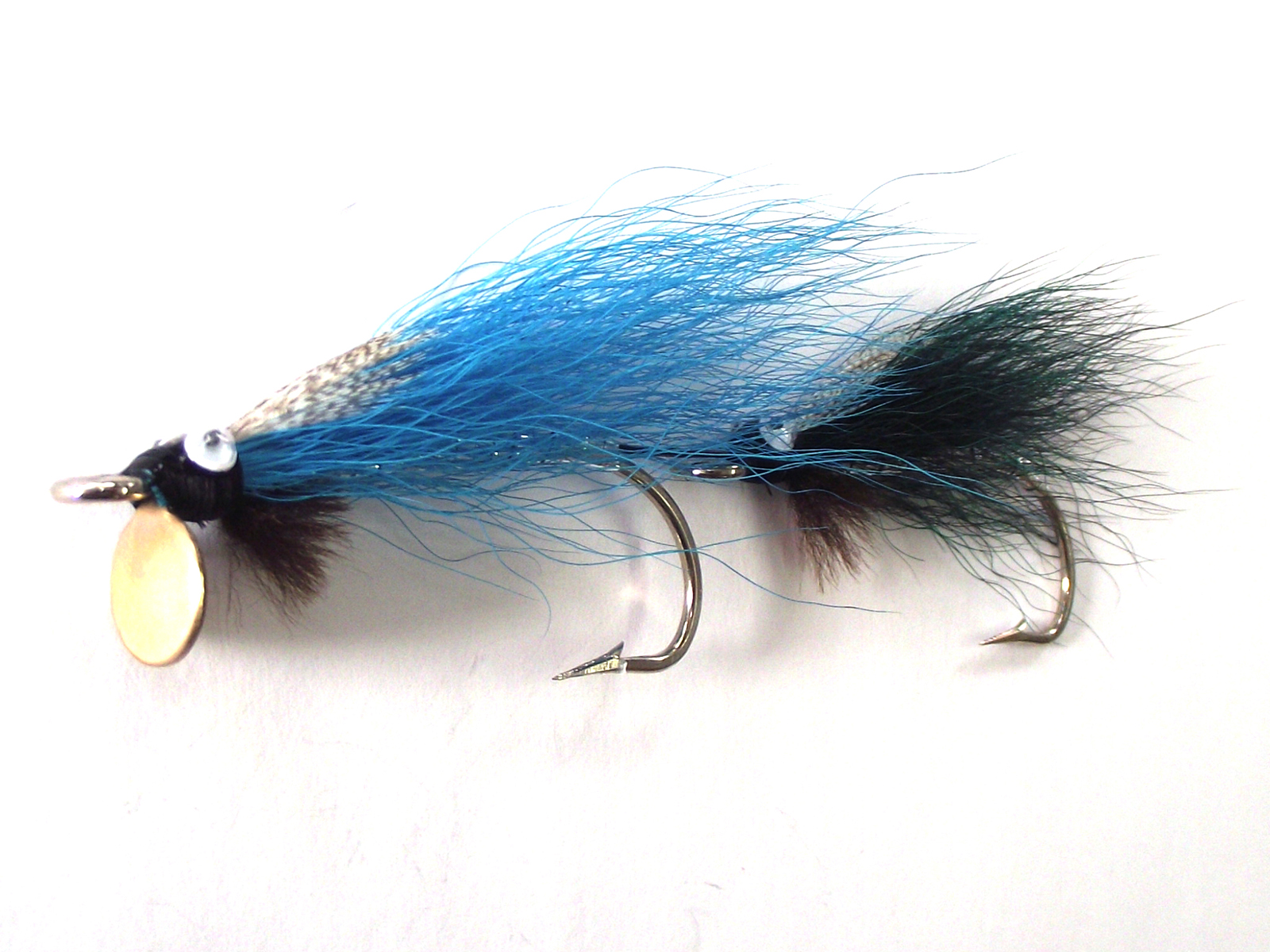 Lake Trout
Lake Trout
Lake trout can be planktophagic in certain cases. In other words, if they do not have access to a large source of protein rich foods, they must satisfy themselves with plankton. They grow a lot less rapidly in this situation.
Happily, the majority of lake trout are creatures that devour terrestrial and aquatic insects, all sorts of crustaceans, worms brought upon from the spring run-off and a diverse species of small fish such as perch, suckers, sculpins, sticklebacks, whitefish, rainbow smelts, lake herring, etc. The food menu of these large predators can change from one body of water to another in relation to the local species present in a specific body of water. When, for example, perch are present in large numbers, it is important to present something which naturally imitates this species’ color and/or its movements.
Today, several manufacturers are real artists in their artificial lure creations. For example, you only need to think of the company LiveTarget whose primary objective is to manufacture with as much accuracy as possible, the complete array of different baitfish. Thus, when you offer a lake trout a Yellow Perch in a Jerkbait or Crankbait version, it truly imitates this species. It is therefore much easier to fool these beautiful fish, even though they might be finicky. If we come back to the example of the steak, in comparison with the famous Yellow Perch, it truly resembles a filet mignon of the finest quality. You could then select from a vast array of offerings to match the local hatch such as the Yearling Jerkbait, the Emerald Shiner, the Sucker, the LiveTarget Rainbow Smelt, the Blueback Herring, the Syclops firetiger, the Dartee, the Sassy Shad, the Williams HQ, the Whitefish C80, the Savant Crusher Spoon, the Wildeye Sculpin, or the Streamnag L1 or L15 or L14T.
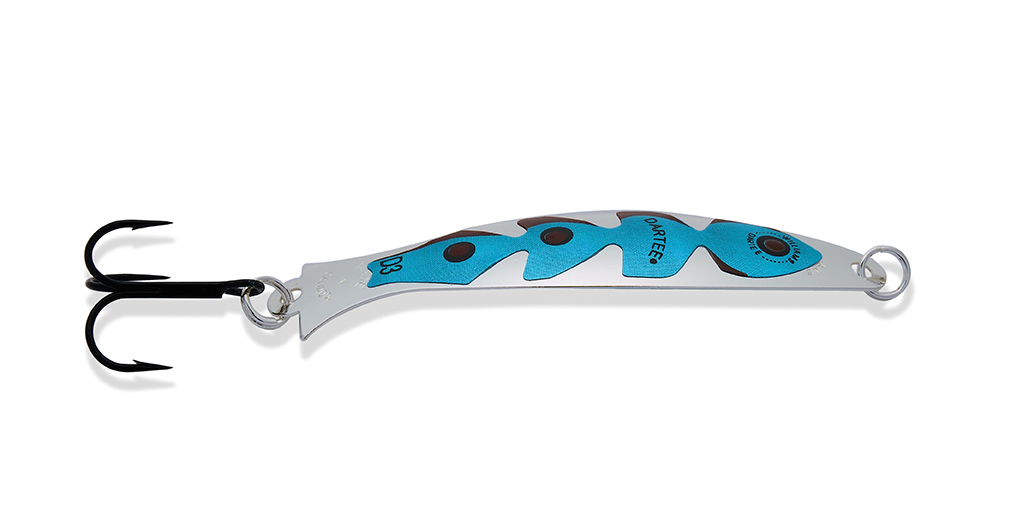
 Walleye
Walleye
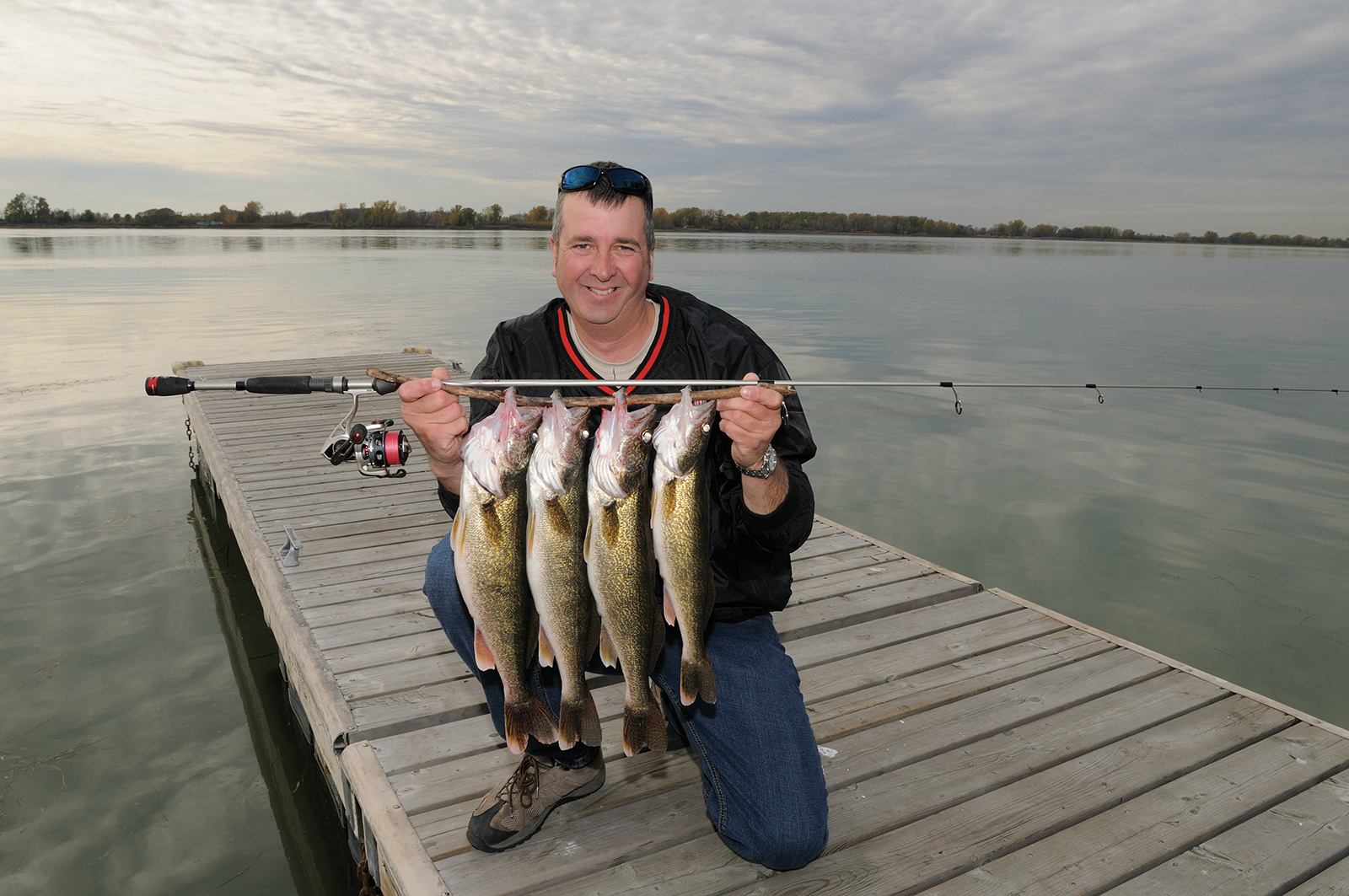 Walleye are gregarious, which means that they live and hunt in a colony. They can also form a sustainable and efficient group attack. These gamefish love sticklebacks, perch, rainbow smelt, sculpins, lake herring, frogs, leeches, crawfish, along with flying bugs, terrestrial or aquatic. To fool these gamefish, it would be in your best interest to outfit your tackle box with offerings such as the Rainbow Smelt, the LiveTarget Emerald Shiner, the Live Target Perch, the Mepps Aglia no. 3, the Sassy Shad, the LiveTarget Gizzard Shad, the Streamnag L14T and L1, the Savant Crusher Spoon, the Double Tail and the Mister Twister Split Double Tail, the Lead Shrimp, the Power Leech, etc.
Walleye are gregarious, which means that they live and hunt in a colony. They can also form a sustainable and efficient group attack. These gamefish love sticklebacks, perch, rainbow smelt, sculpins, lake herring, frogs, leeches, crawfish, along with flying bugs, terrestrial or aquatic. To fool these gamefish, it would be in your best interest to outfit your tackle box with offerings such as the Rainbow Smelt, the LiveTarget Emerald Shiner, the Live Target Perch, the Mepps Aglia no. 3, the Sassy Shad, the LiveTarget Gizzard Shad, the Streamnag L14T and L1, the Savant Crusher Spoon, the Double Tail and the Mister Twister Split Double Tail, the Lead Shrimp, the Power Leech, etc.
 Speckled Trout
Speckled Trout
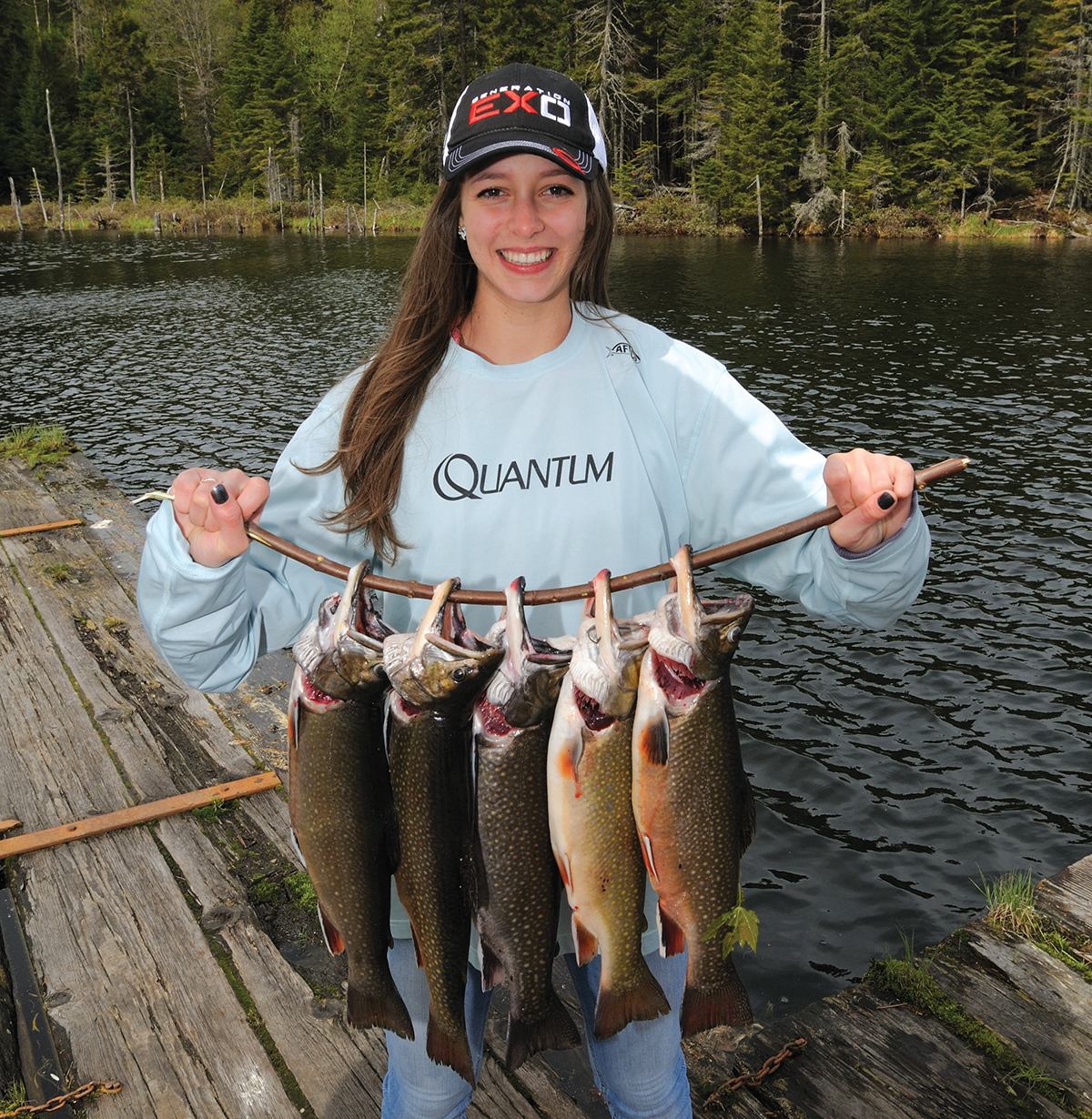 Speckled trout, in relation to their size, will opt for terrestrial and aquatic insects, minnows, crawfish, amphibians, garden worms, small snakes, field mice, leeches, etc. A variety of flies of all types are evidently suggested to tease these beautiful trout, and bait such as the Yearling Squarebill, the LiveTarget Trout, the Thunder Bug, the Twister Tri-Color Mini Tube, the Mooselook, the Streamnag L15 or Blue, the Williams Wabler, the Lead Shrimp, the Hollow Body Mouse the Trigger Leech, etc.
Speckled trout, in relation to their size, will opt for terrestrial and aquatic insects, minnows, crawfish, amphibians, garden worms, small snakes, field mice, leeches, etc. A variety of flies of all types are evidently suggested to tease these beautiful trout, and bait such as the Yearling Squarebill, the LiveTarget Trout, the Thunder Bug, the Twister Tri-Color Mini Tube, the Mooselook, the Streamnag L15 or Blue, the Williams Wabler, the Lead Shrimp, the Hollow Body Mouse the Trigger Leech, etc.
 Smallmouth Bass
Smallmouth Bass
This bass is a little bit more predictable, since 60% of its food diet consists of crawfish. This hard fighting gamefish will certainly appreciate a lure such as the LiveTarget Crawfish Crankbait that perfectly imitates a fleeing crawfish. He will also devour several species of small fish such as suckers, chubs, aquatic or terrestrial insects, tadpoles, frogs, salamanders, etc. To match the hatch, offer them the Baitball Yearling Crankbait, the LiveTarget Threadfin Shad Squarebill, the Frog Popper, the Mister Twister Double Tail, the Streamnag Shrimp, etc., and you will be successful.
 Final Cast
Final Cast
The next time you head out to tease these predators and you find the bite tough, make sure you select lures that imitate as closely as possible the food preferences for that body of water. This should greatly increase your chances of success.
Food Chain Basics
The food chain describes the sequence in which small food sources get eaten by predators and predators get eaten by larger predators. For aquatic vertebrates with bronchial respiration (aka fish), the primary source of food is made up of plankton. This word derived from the Greek term “planktos”, signifies wandering. These organic matters therefore cannot oppose themselves of their displacement in water. The small fish are easily able to gobble them up when they are passing through.
Then, there is phytoplankton (from greek phyton or “plant”) which is vegetable plankton or if you prefer a group of vegetable organisms living in suspension in the water. At one stage above in the food chain, we find the zooplankton of animal origin. It feeds on living matter.
Take note that certain species are herbivores and others are carnivores. During their first year of existence, lake trout, speckled trout, bass and walleye will consume all of these living micro-organisms which are floating in the water. Afterwards, their food diet will drastically change.
Patrick Campeau is a professional angler and 3-time champion. Inducted Member of the Canadian Fishing Hall of Fame.
www.facebook.com/lapassiondepatrickcampeau
Source: https://www.rvlifemag.com/what-fish-eat/?utm_source=rss&utm_medium=rss&utm_campaign=what-fish-eat







